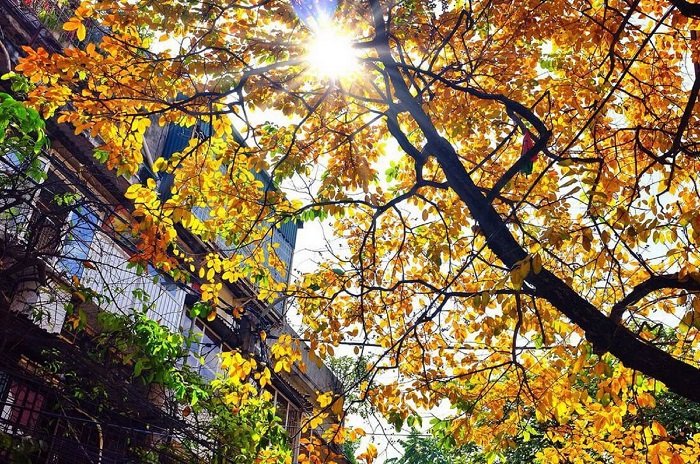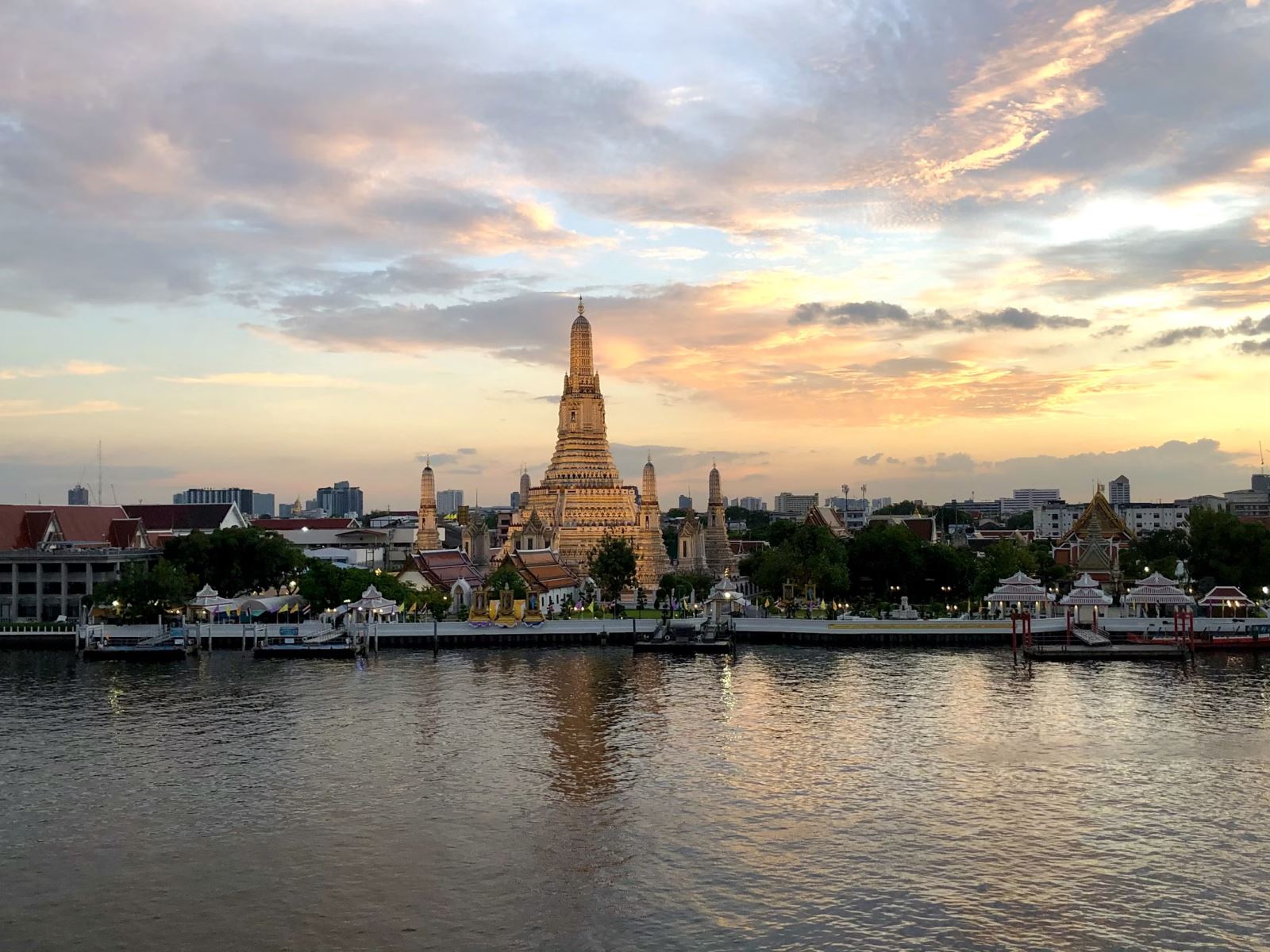Vietnam's climate and weather are very different and characteristic across the country due to its "S" shape and differences in latitude and terrain.
Climate characteristics in Vietnam:
Vietnam has a tropical climate in the south and a humid subtropical climate in the north, with monsoons. There are generally two seasons: dry and wet.

Hanoi Autumn
Dry season:
From November to April in the South and from February to August in the Center.
=>> Read also: Top 10 must-see sites not to be missed
Wet season:
From May to October in the South and from September to January in the Center.
Humidity rarely drops below 85% in the plains, especially in the north. In the mountainous regions, the climate is drier and winters can be harsh.
During the dry season (between November and April), monsoon winds blow from the northeast along the Chinese coast and across the Gulf of Tonkin, bringing in a lot of moisture. The so-called "dry" season in Vietnam is only so in comparison to the rainy season.

Vietnamese wet season
During the rainy season, ocean moisture is drawn across Asia, and hot air rises from the Gobi Desert. Heavy, sometimes torrential, rains fall on Vietnam. It can be said that almost 90% of the precipitation occurs during this season. Rainfall amounts to 200 to 300 mm in 24 hours are common. During the typhoon season, from September to December, rainfall of 1,000 mm in 24 hours can occur.
The average temperature is generally lower in the mountains and plateaus than in the plains. It varies from 7°C in December and January to over 37°C in April. Seasons are more pronounced in the northern half of Vietnam than in the south, where the temperature varies almost exclusively between 21 and 28°C.





